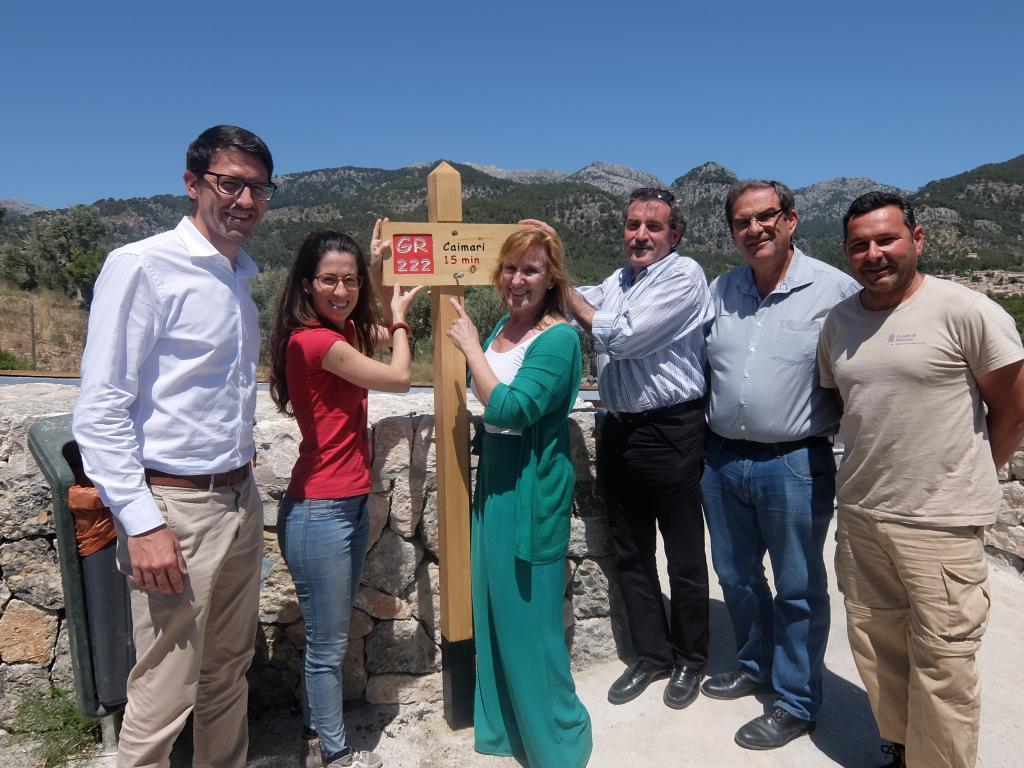he Council of Majorca is to create two new hiking routes that will connect to the GR-222 dry-stone route from Arta to Lluc. When these are established, there will be a unified and circular route covering mountain areas, principally the Tramuntana, and coastal points - Cap de Salines and Puerto Andratx.
The Council's director for the environment, Josep Manchado, explained this during Tuesday's inauguration of a new stretch of the Arta-Lluc route between Selva and Caimari. This has been completed thanks to an agreement between the Council, the regional government and Selva town hall.
Manchado said that this new stretch is a clear example of the commitment to enabling the right to walk from one village to another, a custom that started to be lost in the 1970s but which is now looked upon as a great opportunity.
The dry-stone route that runs from Puerto Andratx to Formentor is the oldest and most advanced of the Council's four routes. It includes seven refuges that can be used for overnight stays. The plan for this route had run into some legal difficulty but this is to be resolved by the Council's expropriation of the Deya-Valldemossa stretch.
The Arta-Lluc route currently only has parts that are usable. These are between Lluc and Selva, from Can Picafort to Colonia Sant Pere, between Betlem and Arenalet d'Abarca, and from Arenalet to Capdepera. The next one to open will be between Arta and Son Servera.
The two new routes - for the Llevant and for the "faros" (lighthouses) - would mean connecting the Arta-Son Servera stretch down to Cap de Salines. There would then be a route for Cap de Salines across to Puerto Andratx, the lighthouses' route. The Council is talking to the State Ports Authority about the possibility of using a lighthouse as a refuge.


No comments
To be able to write a comment, you have to be registered and logged in
Currently there are no comments.